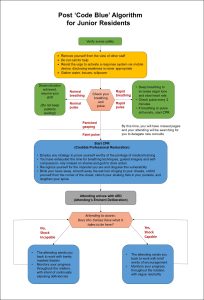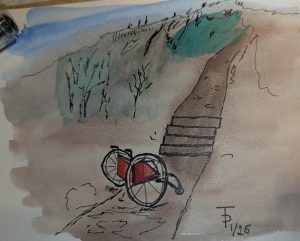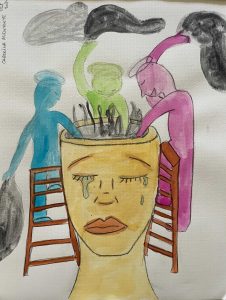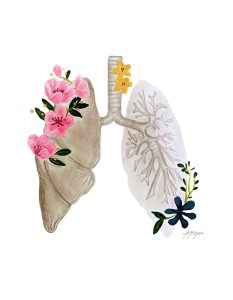- Home
- /
- Latest Voices
- /
- Page 2
Latest Voices
Measured in Days
When I left home for medical training, I knew distance would be hard, but I didn’t understand how distance could change time itself. As a medical student, my schedule is packed tight, and traveling home has become a kind of emotional arithmetic: three visits a year, maybe four if I’m lucky, each only a handful of days. Somewhere along the way, my time with my mother stopped being measured in years and became measured in holidays, long weekends and whatever small windows my training allows.
Connecting to Peace
Years ago, two of my patients were retired nurses and close friends. They were so inseparable that they saw me together for their office visits.
Gladys always wore a sour face and complained about her aches and overwhelming fatigue. I never could get her to talk about the hysterectomy she had at a young age that left her childless, but it clearly was the reason she swore off any surgery, even the minor procedure I was convinced would eliminate most of her symptoms.
The Two Spheres
In medicine, we live between two spheres: a small one of safety and control, and a larger one of risk, courage, and purpose. Most of us move between them unconsciously—retreating to the small one when we’re afraid, stepping into the larger one when we feel brave. Over time, though, we learn that we can choose.
The larger sphere is where purpose resides. It contains risk—the possibility of failure, exposure, uncertainty—but it also contains energy, compassion, light, life, and grace. In that sphere, we find that by making ourselves vulnerable, we become indomitable. The act of stepping forward, undefended, becomes its
Two Drops of Relief
Just as one never forgets a first kiss, one also never forgets a first house call. And specializing as I did in geriatrics included becoming a specialist in house calls.
At the university where I did my fellowship, the university contracted with a hospice company, which provided me with my first exposure to house calls, as well as to interdisciplinary teams—including social workers, chaplains, and volunteers. The hospice case manager was Nurse R, a seasoned 30-year veteran. She invited me to ride with her, zipping through Chicago’s narrow streets in her station wagon and parking in impossibly tight spots.
Tired Tiger
Twice Dr. Eddy made a house call because of me.
The first time was on a hot July day in 1953 when I, age seven, ran a fever during a polio outbreak. I didn’t have the poliovirus—but a year later I got the vaccine before my big sisters did.
The other time was when I was nine and had the mumps. I asked Mommy to take down “the hanging thing in the hall”—which nobody else saw. She tried to take my temperature, and I bit off the thermometer, fortunately above the mercury bulb. I spit it out on her order.
Hearts of Gold
Even when the sun shone, our apartment was enveloped in darkness. A look of confusion or pain replaced Dad’s usual smile; I frowned all the time, caught up in a period of pre-grief as I prepared for the inevitable passing of my beloved father. Dad was tired of trying to live, and I was exhausted of trying to help him maintain some quality of life. Then, a miracle occurred. A diagnosis of pancreatic cancer made Dad eligible for hospice at home. The light returned to our lives.
December More Voices: House Calls and Home Care
Dear readers,
I can recall my pediatrician, Dr. Stone, making a house call when I was about five and sick with a fever. I was lying in my parent’s bed–a special treat. Dr. Stone, a kindly, balding man, entered the room wearing a coat and carrying a black bag. In the office, seated at his desk, he did not seem to be a big man, but in this apartment bedroom he became a looming presence.
He took off his coat and examined me as I lay there. I don’t know what he found–I’m guessing not much other than a high
Holding Space
The beeping of the monitor fills the silence as I stand at the bedside of my patient, a
middle-aged woman awaiting test results that could confirm a devastating diagnosis. Her
eyes search mine for answers I do not yet have, and in that moment, the weight of my
new white coat feels heavier than ever.
A Perpetual Lover
My pain is a cruel and jealous lover. It dictates my days and dominates my nights. It sulks and whines when it feels ignored. It consumes me.
I bargain with it. “Just give me one night, one night to sleep without you, and you can have me tomorrow.” Pain acquiesces. I nestle myself in a barricade of pillows and heated herbal packs that soothe my twisted limbs and drift gratefully off to sleep, only to have Pain invade my dreams. I cry out, though the torture is phantom. I awake, exhausted, to find Pain perched by my bedside, gleefully prepared










